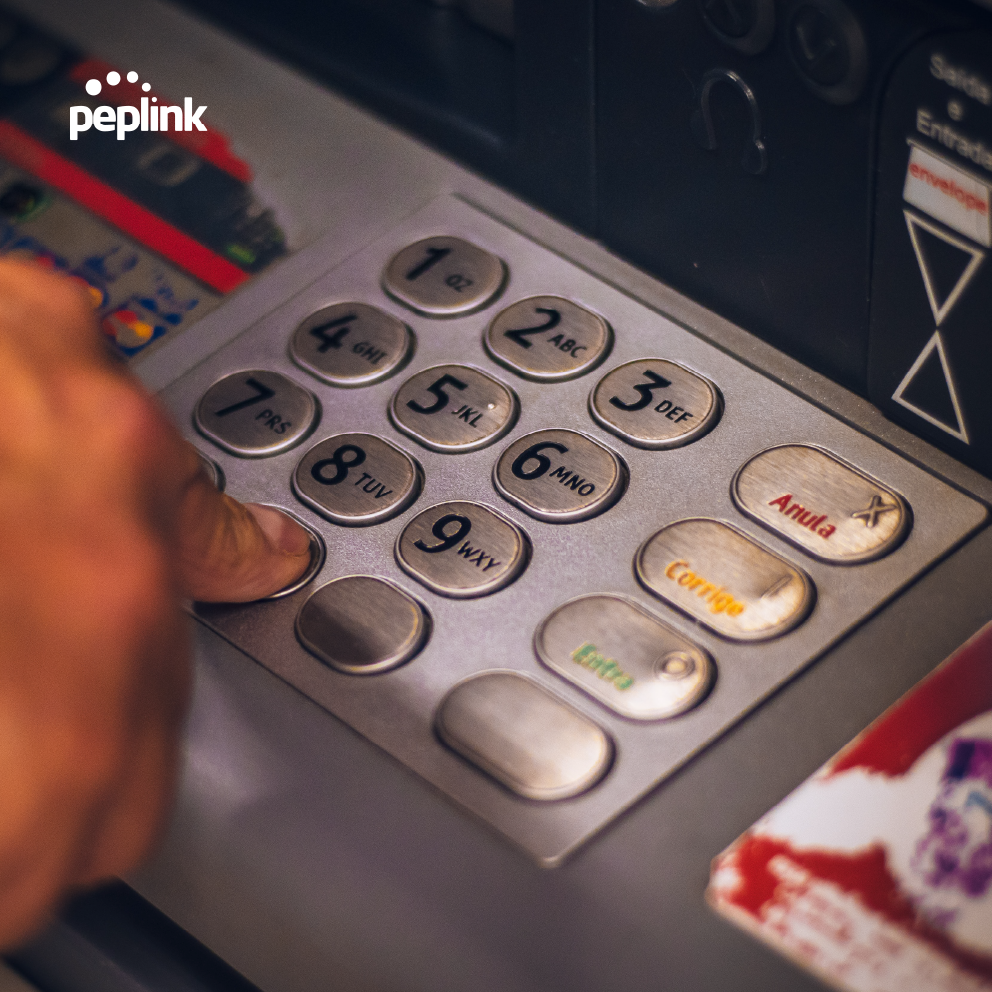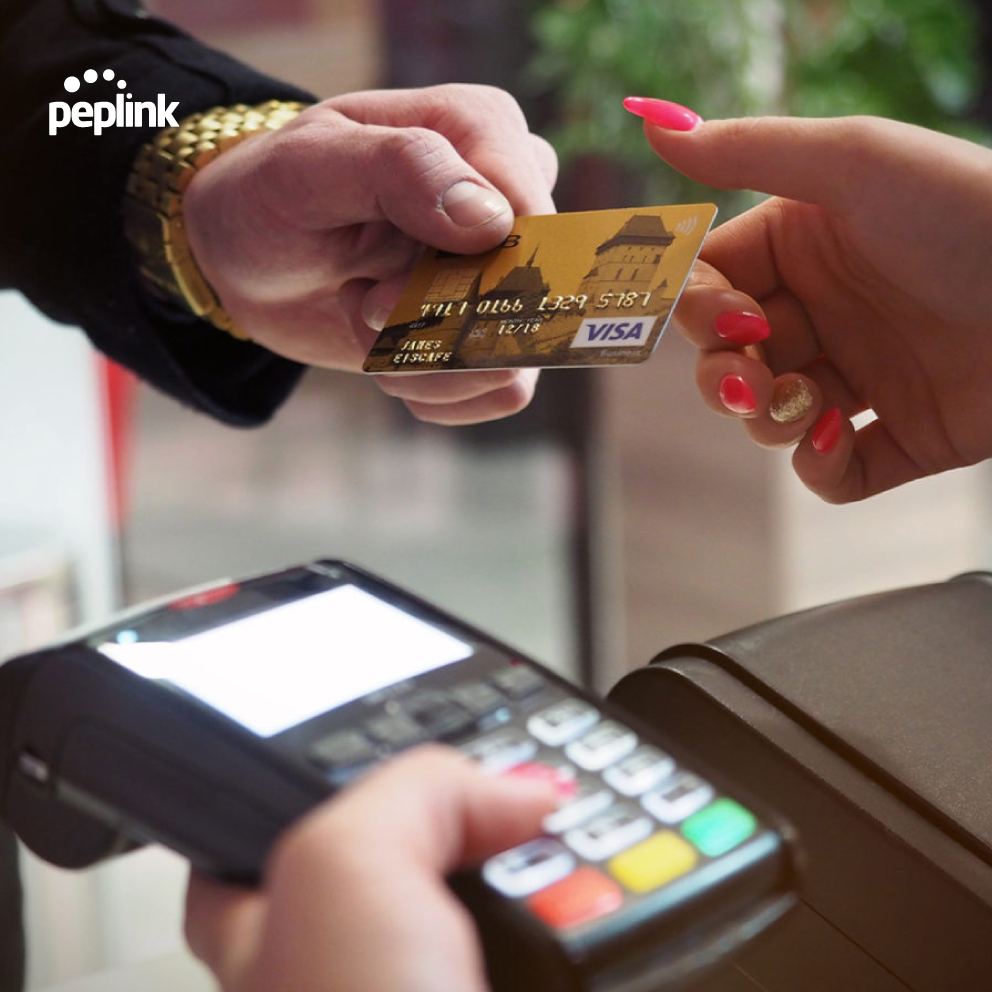IoT is here to stay and many retail stores are learning to incorporate IoT into their enterprise and maximize their benefits. These benefits are not only reaped by retailers, but the emergence of this technology creates an enhanced experience to customers. Curious how? Read on to learn five popular uses of IoT in retail stores.
On-Site Sensors
One of the ways retail stores benefit from IoT is through Bluetooth beacons. These hardware transmitters are integrated on counters or walls within the proximity of the retail stores to send notifications to smartphones. Retailers use these to send special offers or discounts to either attract passersby or further encourage in-store customers to avail of deals.
Store Layout Optimization
Most store customers are impacted, though unknowingly, by product placement in stores. With IoT and infrared sensors, retailers can gather in-store customer flow and monitor their behavior. This allows retailers to optimize the layout of their store to suit the general consumer’s preferences and needs.
Personal Customer Experience
Another feature many retail stores adopt to gain more customers is free Wi-Fi. Retail stores use in-store Wi-Fi to collect information from customers for push advertising. In addition, with IoT and the captured data, stores can send personalized discounts to customers who search for similar products online. On top of personalized discounts, stores also establish loyalty programs and notify customers of special offers when in-store.
Smart Shelves
Two other tasks IoT helps to automate are making sure items are not out-of-stock as much as possible and minimizing misplaced products. Smart shelves are shelves designed with weight sensors and RFID readers to use with corresponding tags. These are used in both display areas and stock rooms. When displayed stock runs low or is misplaced, they send out notifications to staff devices for replenishment or correction.
Automated Checkout
Other than looking for products around the store, customers used to spend a lot of time waiting in line to pay for their purchases. Over time, retail stores adopted cashless and contactless payments where customers can make quick purchases. Gradually, retail stores introduced automated self-checkout kiosks. These depend on machinery and applications to verify products being checked out, then deduct the amount from customers’ accounts when leaving the store.
What is Peplink’s Role
IoT is here to stay, but in order to make full use of what it offers, retail stores need a stable and secure connection. This is where Peplink plays an important role. Peplink’s portfolio for retail not only makes connectivity reliable, but also offers additional features to enhance the store’s services. Peplink’s portfolio ranges from devices capable of Wi-Fi 6 to affordable routers with up to three different connectivity options.
Furthermore, Peplink products such as our access points offer customized captive portals ready for immediate use. Retail stores can capture macro-level data from shoppers and use this for push advertising or personalized offers. Additionally, they can edit every aspect of the captive portal using InControl for a more branded user experience.



